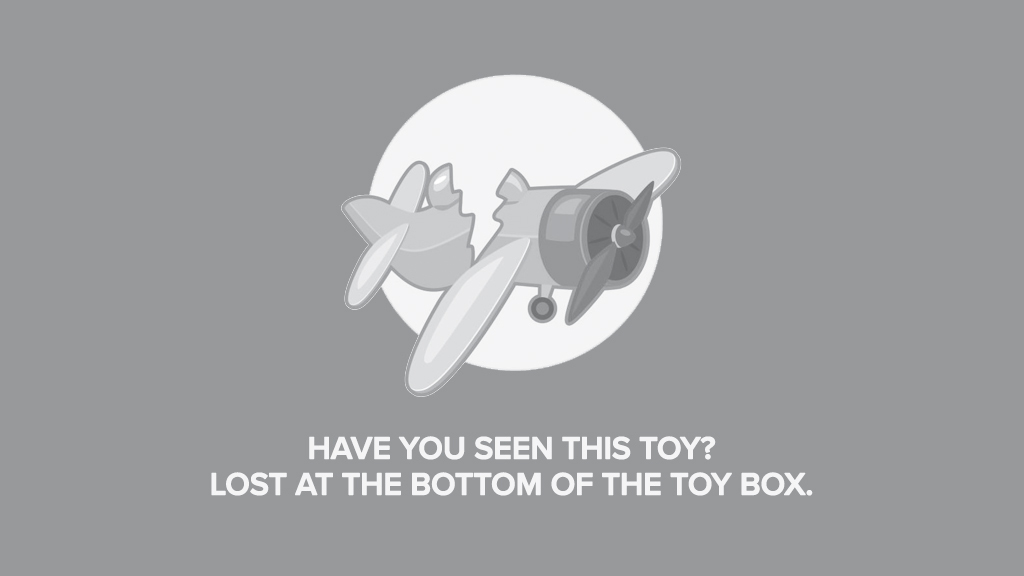To help assure that summer play is both safe and fun, the Toy Industry Association (TIA) offers parents five toy-related tips for a safe, active, and fun summer.
1. Pay close attention to the age appropriate guidelines on toy product packaging.
Age labeling is a safety precaution and is based on children’s developmental skills and ability at a given age, as well as the appropriateness of the toy for that age. Age labeling does not pertain to the intelligence of a child, so selecting toys marked with an age older than the child’s age is a mistake.
2. Make adult supervision a crucial element of outdoor play.
Children are quick and inquisitive. They should never be left alone near water sources (pools, inflatable “kiddie” pools, beaches, etc.) … not even for a moment. Water toys should be kept out of sight or out of reach when not being used so children aren’t tempted to play in or near the water alone. The U.S. Consumer Product Safety Commission has published a complete set of tips and information to help keep kids safe in and near the pool.
3. Buckle children up with helmets, knee pads, and other protective gear when playing with ride-on toys.
Most parents are aware that protective gear (helmets, knee pads, and arm pads) is crucial when riding a bicycle, but buckling up and wearing protective gear is equally important for other ride-on toys, including tricycles, scooters, skateboards, and skates.
4. Keep young bodies protected from the sun and heat.
Outdoor play areas should be covered to protect childrens’ sensitive skin from the sun’s intense rays. Children should wear hats, 100-percent UVA sunglasses, and a broad spectrum sunscreen (UVA and UVB protection) when playing outdoors. The American Academy of Dermatology recommends that all children—regardless of their skin tone—wear sunscreen with an SPF of 15 or higher and re-apply every two hours or after prolonged contact with water. Studies show that children do not always experience thirst before dehydration, so it is important that they drink plenty of fluids during and after play, even when they do not feel thirsty.
5. Organize and store toys to prevent slips, trips, and falls.
Large, plastic bins with lids are perfect for organizing and storing smaller toys. Bins should be marked by name so that toys for children of differing ages can be easily separated. An outdoor shed should be set up with designated “parking” spaces near the door for bicycles and other ride-on toys; smaller items like skateboards and skates should be hung off ground-level or stored on shelves to prevent slips, trips, and falls.
For additional information on safe play and tips on toy selection, visit www.ToyInfo.org.
This post was originally published by PR Newswire.

